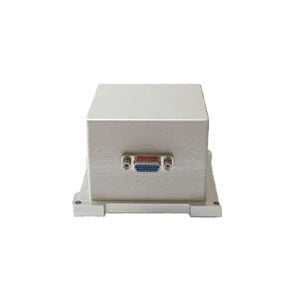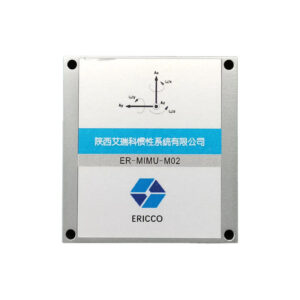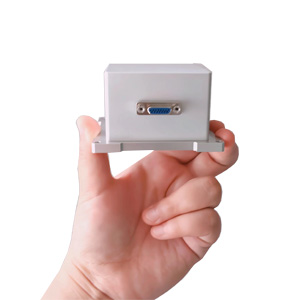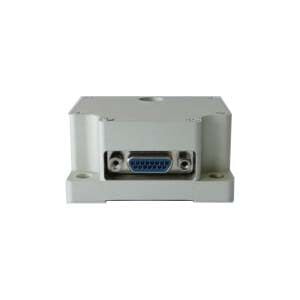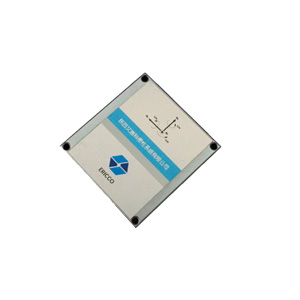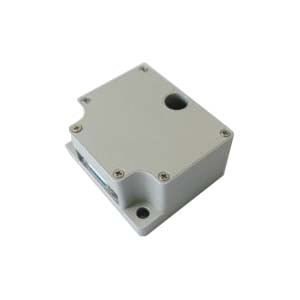IMU plays a core role in unmanned systems and provides key data for the carrier. It can help unmanned systems achieve multiple functions such as attitude control, navigation, and guidance control.
We have an IMU ER-MIMU-M02 that integrates accelerometers, gyroscopes, magnetometers, and air pressure sensors. It has excellent performance and low cost, making it very suitable for use in drones and robots.
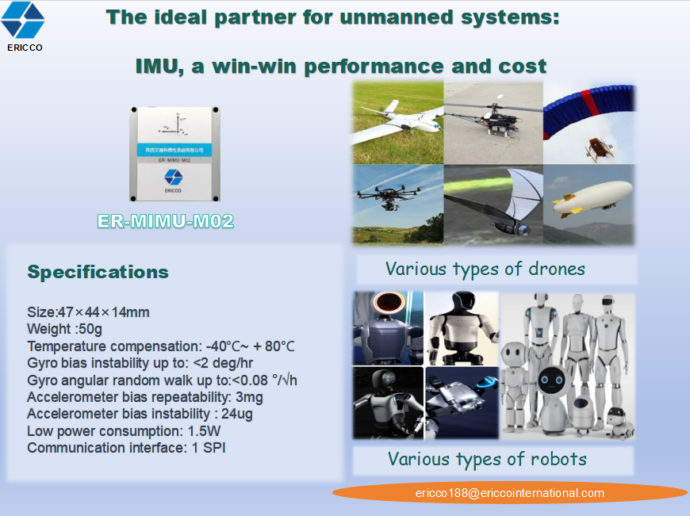
**Multiple sensor integration**
The gyroscope has a measurement range of ±450º/s and a bias instability of 2 º/h;
The accelerometer has a measurement range of 16g and a bias instability of 24μg (Allen variance);
The gyroscope and accelerometer provide angular velocity and acceleration, which can be used to calculate the carrier's attitude, velocity, displacement and other information.
The magnetometer has a measurement range of ±2.5Gauss; it can measure the strength and direction of the magnetic field and provide the direction of magnetic north.
The barometer has a pressure range of 450~1100mbar; by measuring the atmospheric pressure, the data provided can assist the drone in navigation and rise to the required height.
**Lightweight and thin design**
This IMU has a volume of 47×44×14mm, an ultra-thin design with a thickness of only 14mm, and weighs 50g. It is extremely light and thin and can be easily integrated into any device.
**Attitude control**
IMU can provide the attitude data of the carrier to help the unmanned system achieve precise control and help the drone or robot maintain a stable attitude and balance. IMU can also guide the robot to adjust its gait, turn or maintain balance, especially in uneven or dynamically changing environments. This function is particularly important.
**Positioning and navigation**
When drones and robots perform complex tasks, accurate positioning and navigation are essential. IMU can combine external positioning information such as GPS to achieve more accurate and reliable autonomous navigation through algorithm fusion.
**Guidance control**
IMU can measure and track the trajectory of the carrier to ensure that the carrier can move according to the predetermined trajectory, and make adjustments when necessary to achieve the mission objectives, and achieve accurate path planning and trajectory control.
This IMU can also be produced in a short cycle, large batches, and large scale, with stable quality, which is particularly suitable for users with large demand and limited budget.
More Technical Questions
1.IMU working principle & Tactical grade IMU product recommendations
2.Choosing an IMU: FOG IMUs vs MEMS IMUs
3.Application of IMU in the Field of Drones
5.What is the Difference Between IMU and AHRS?


